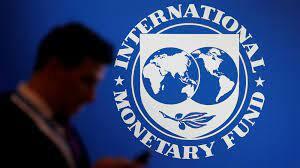Pakistan faces its last International Monetary Fund (IMF) board review before passing a crucial budget for the fiscal year 2023-2024. The IMF has been providing Pakistan with a $6 billion bailout package since 2019, and the completion of the review is necessary for the country to receive the next tranche of funds.
The Pakistani government has already taken some steps to meet the IMF’s requirements, such as raising taxes and reducing spending. However, the IMF is still concerned about the country’s high debt levels and growing current account deficit.
The passage of the budget is also crucial for Pakistan’s economic stability. The budget is expected to include measures to boost growth and create jobs, as well as reforms to the energy sector and the tax system.
The IMF board is expected to review Pakistan’s progress in early June. If the review is successful, the IMF will release the next tranche of funds, which will help Pakistan to stabilize its economy.
Read About Pakistan to Prepare Budget in Line with IMF Demands
Here are some of the key challenges that Pakistan faces ahead of the IMF board review:
- High Debt Levels:
Pakistan’s debt is almost equal to its GDP, which is a high level of debt compared to other countries. This makes the country vulnerable to shocks, such as a sudden increase in interest rates or a decline in exports. - Growing Current Account Deficit:
Pakistan’s current account deficit is expected to widen to around 4% of GDP in the fiscal year 2023-2024. This is due to several factors, including rising imports, lower exports, and higher oil prices. - Slow Economic Growth:
Pakistan’s economic growth has slowed in recent years. In the fiscal year 2022-2023, GDP growth is expected to be around 3%. This is below the country’s long-term growth potential of 5%.
The IMF board review is a critical juncture for Pakistan’s economy. If the review is successful, it will help the country to stabilize its economy and lay the foundation for sustainable growth. Pakistan’s debt is almost equal to its GDP, which is a high level of debt compared to other countries. Pakistan’s debt is almost equal to its GDP, which is a high level of debt compared to other countries.

